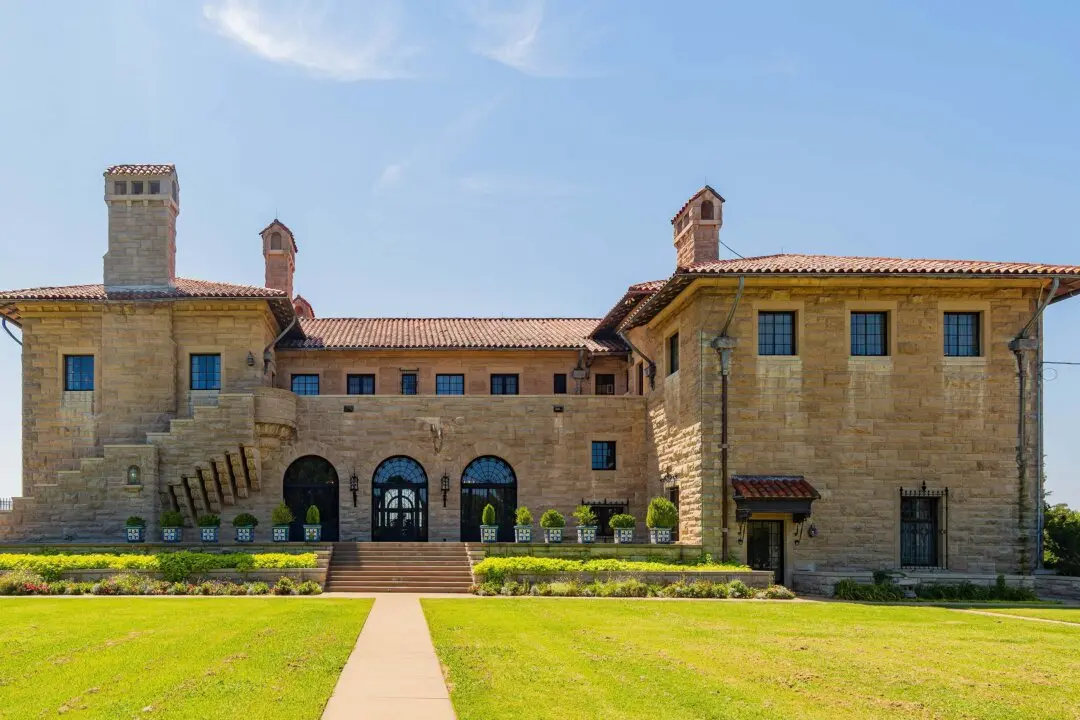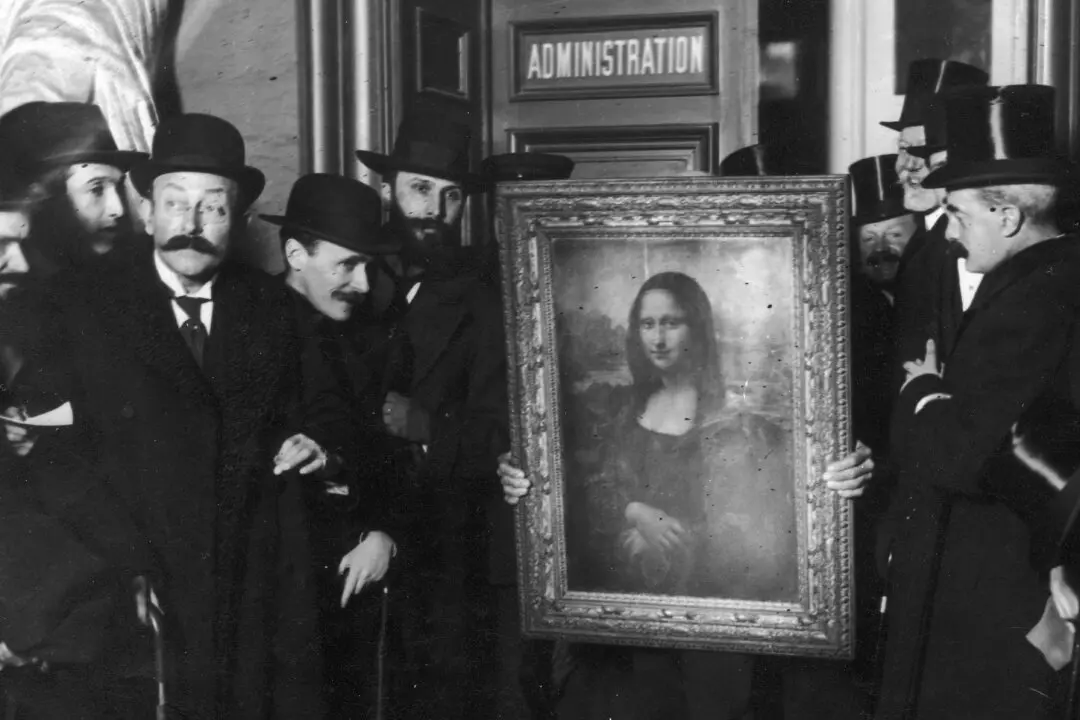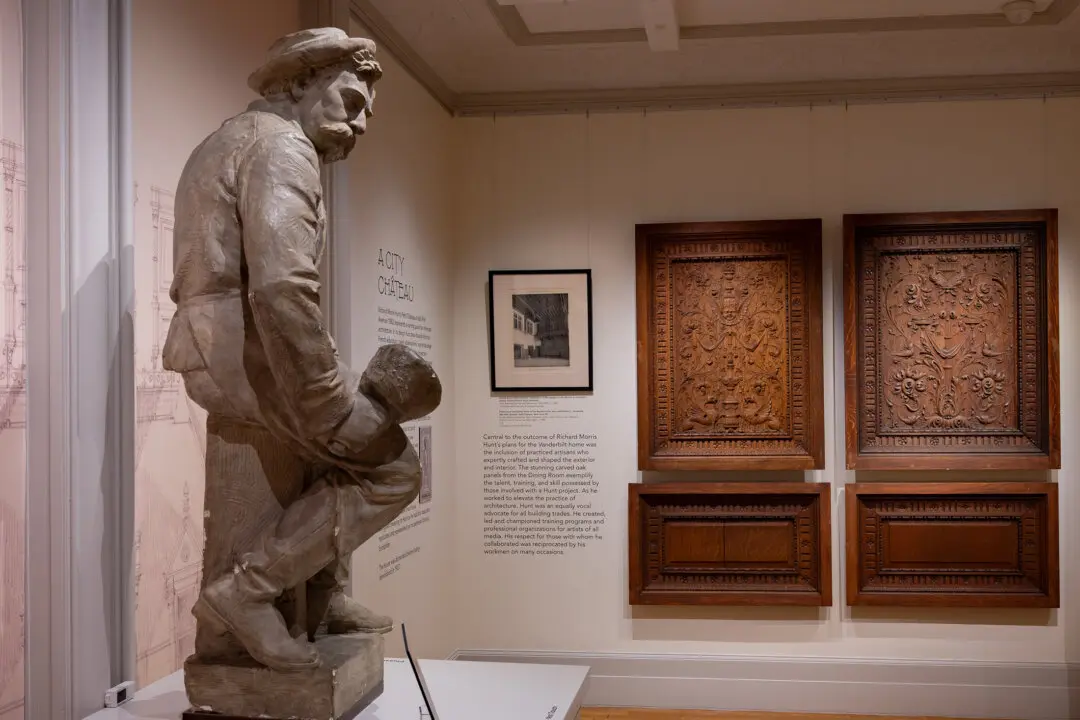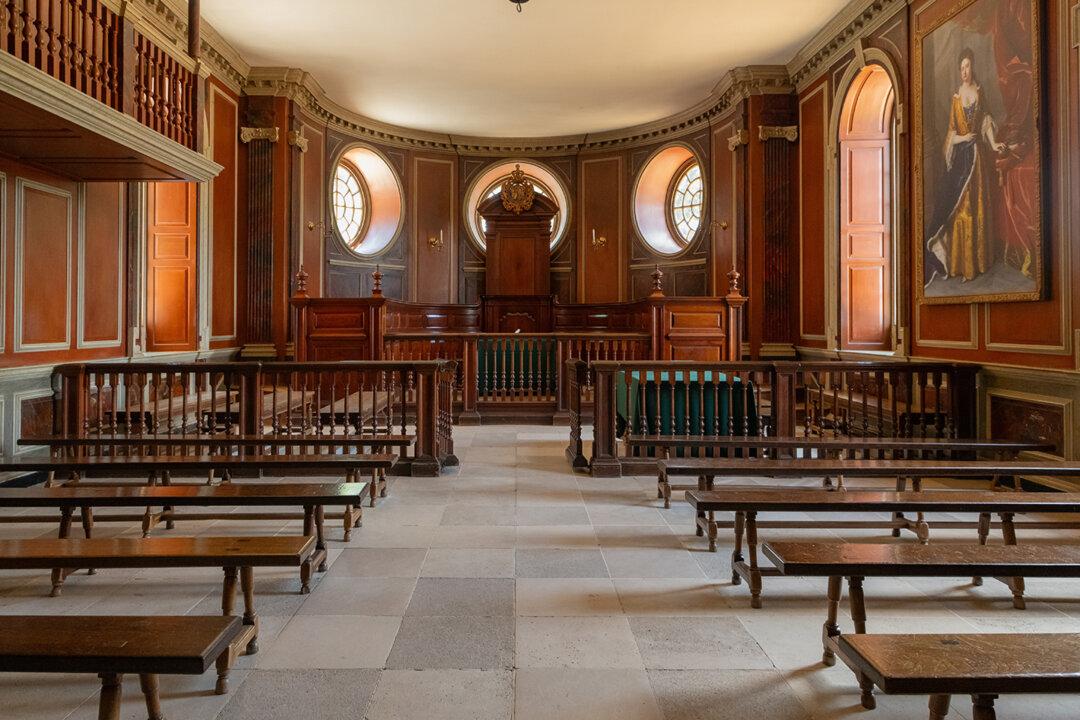During two days in May of 1927, Charles Augustus Lindbergh stepped from obscurity into history. His 3,600-mile transatlantic flight from New York to Paris is legendary. Flying solo for 33.5 hours, he became known as the “Lone Eagle.” Seven months after that fateful flight, the young aviator met someone who would become his partner as he explored new air routes, flying with him for uncharted miles. She was Anne Morrow, daughter of Dwight Whitney Morrow, the U.S. Ambassador to Mexico.
Birds of a Feather
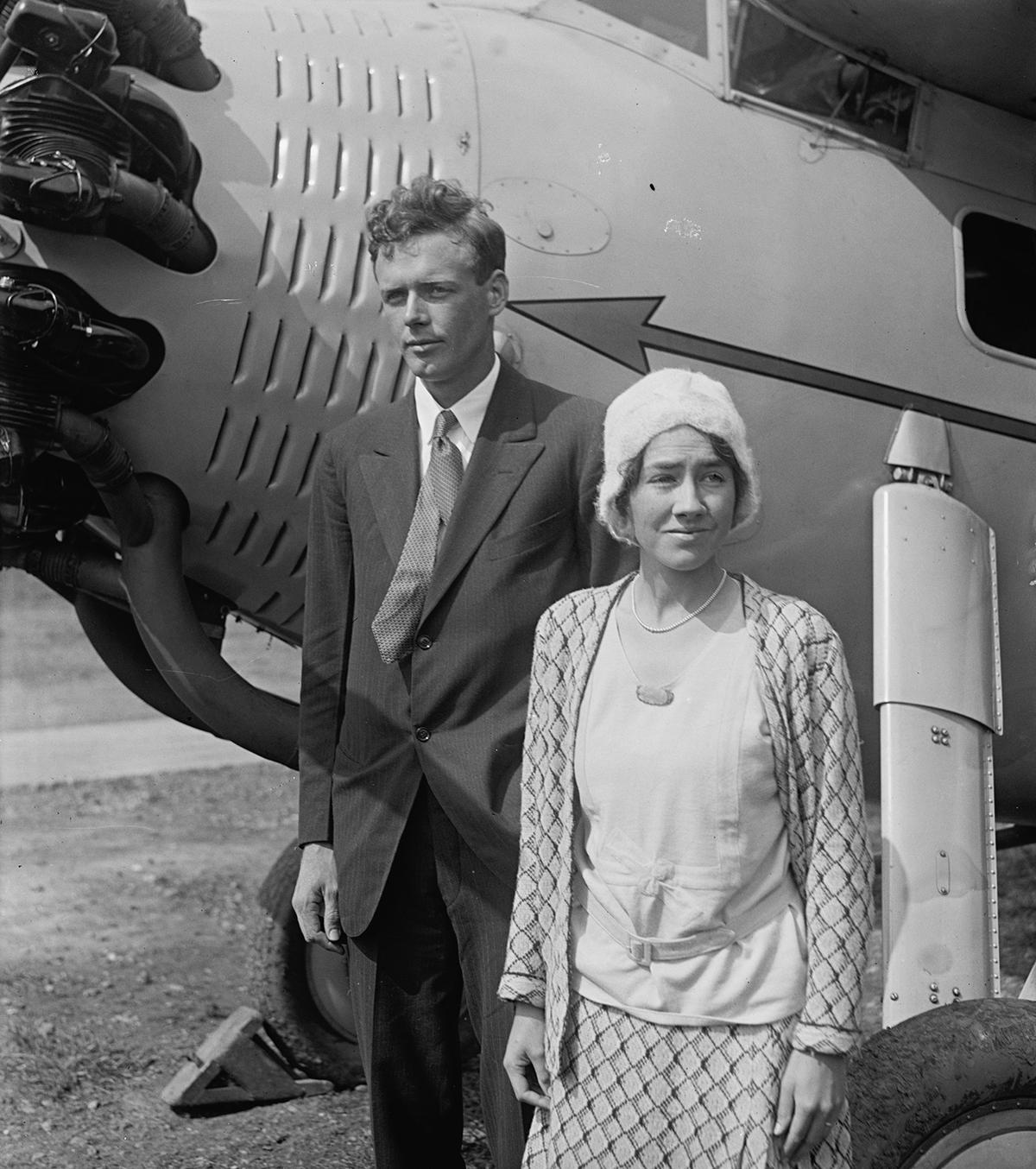
Mr. and Mrs. Lindbergh on Sept. 18, 1929. Library of Congress. Public Domain


